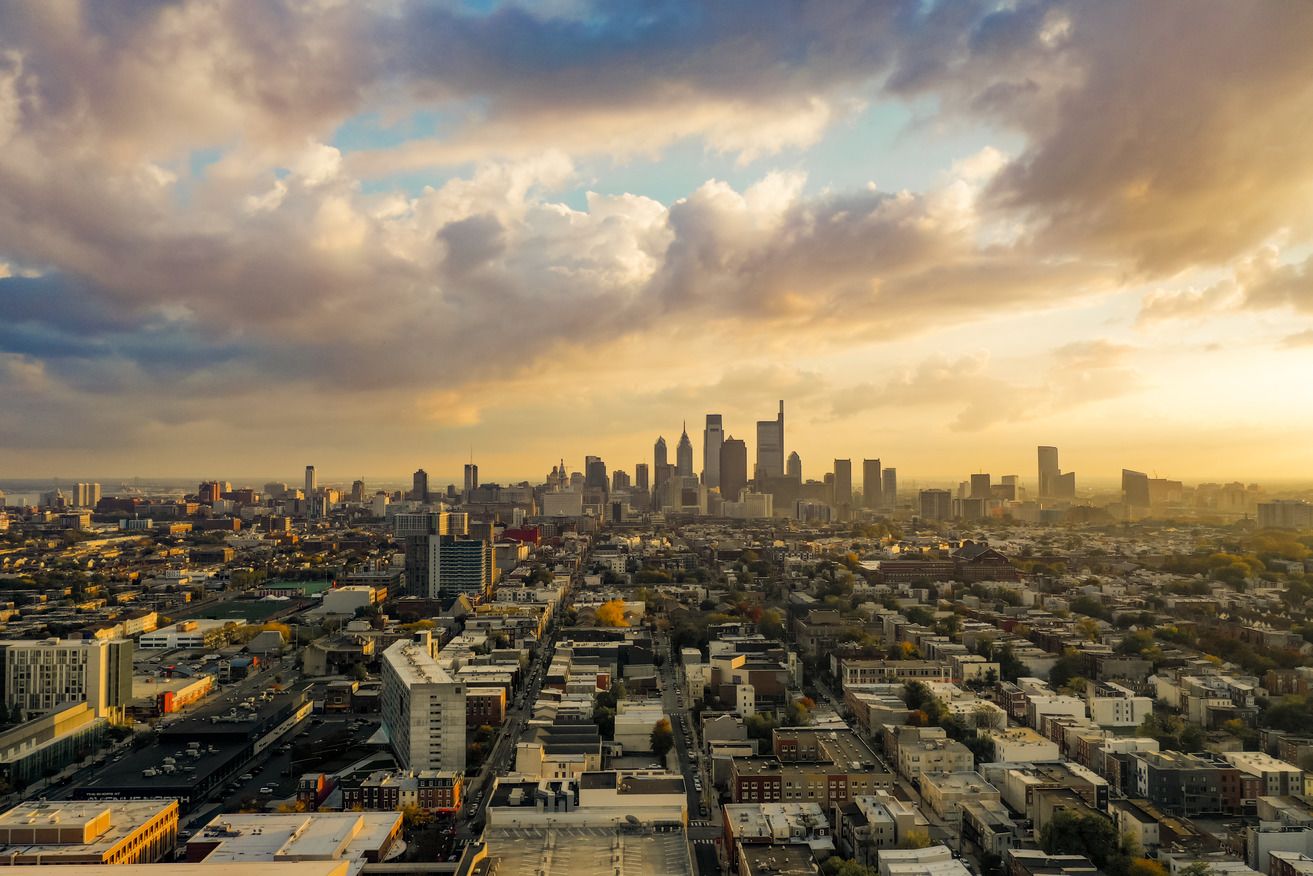Steering through the storm
Five Temple leaders
reflect on the university’s
pandemic response
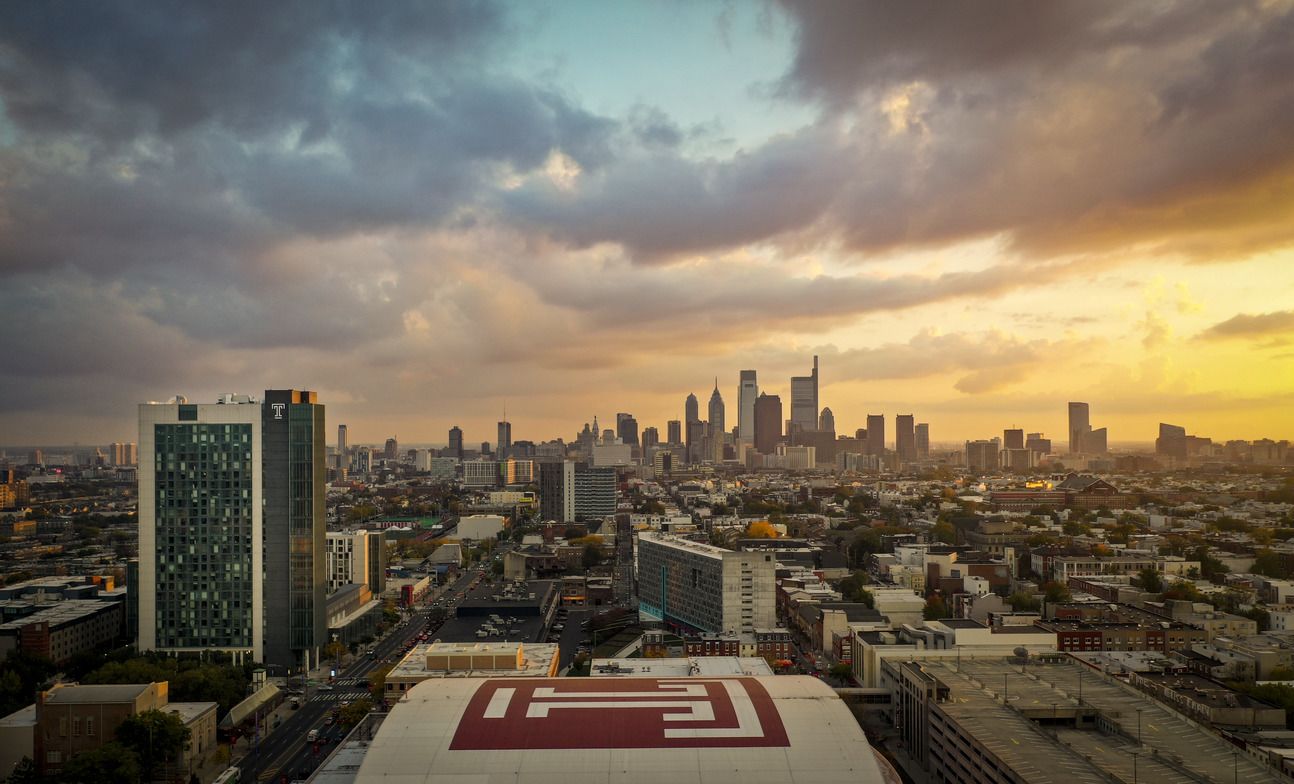
In this roundtable discussion, hear from those
charged with charting the university’s course during the crisis.
Temple University's 134th Commencement on May 7 served as a milestone for more than just the Class of 2021 and their families. It marked a rare moment of celebration in a period that could be described as the most challenging and painful time in the institution’s 136-year history. For many people in the Temple community, this span of time was defined by separation, isolation, stress, anxiety, sadness and, for far too many, enormous personal loss. Yet it was also marked by extraordinary selflessness, sacrifice and occasional moments of triumph.
With fall approaching and the prospect of cautiously returning to something resembling normal campus life drawing closer, we gathered five Temple leaders who were intimately involved in the university’s response to the COVID-19 pandemic and asked them to do what they have had little time to do: reflect.
We were joined by Mark Denys, Temple’s senior director of Health Services; Chancellor Richard M. Englert, who served as Temple’s president during the pandemic; Stephanie Ives, associate vice president and dean of students; Executive Vice President and Provost JoAnne A. Epps, the university’s chief academic officer; and Director of Emergency Management Sarah J. Powell, who spearheads Temple’s responses to crises and emergencies.
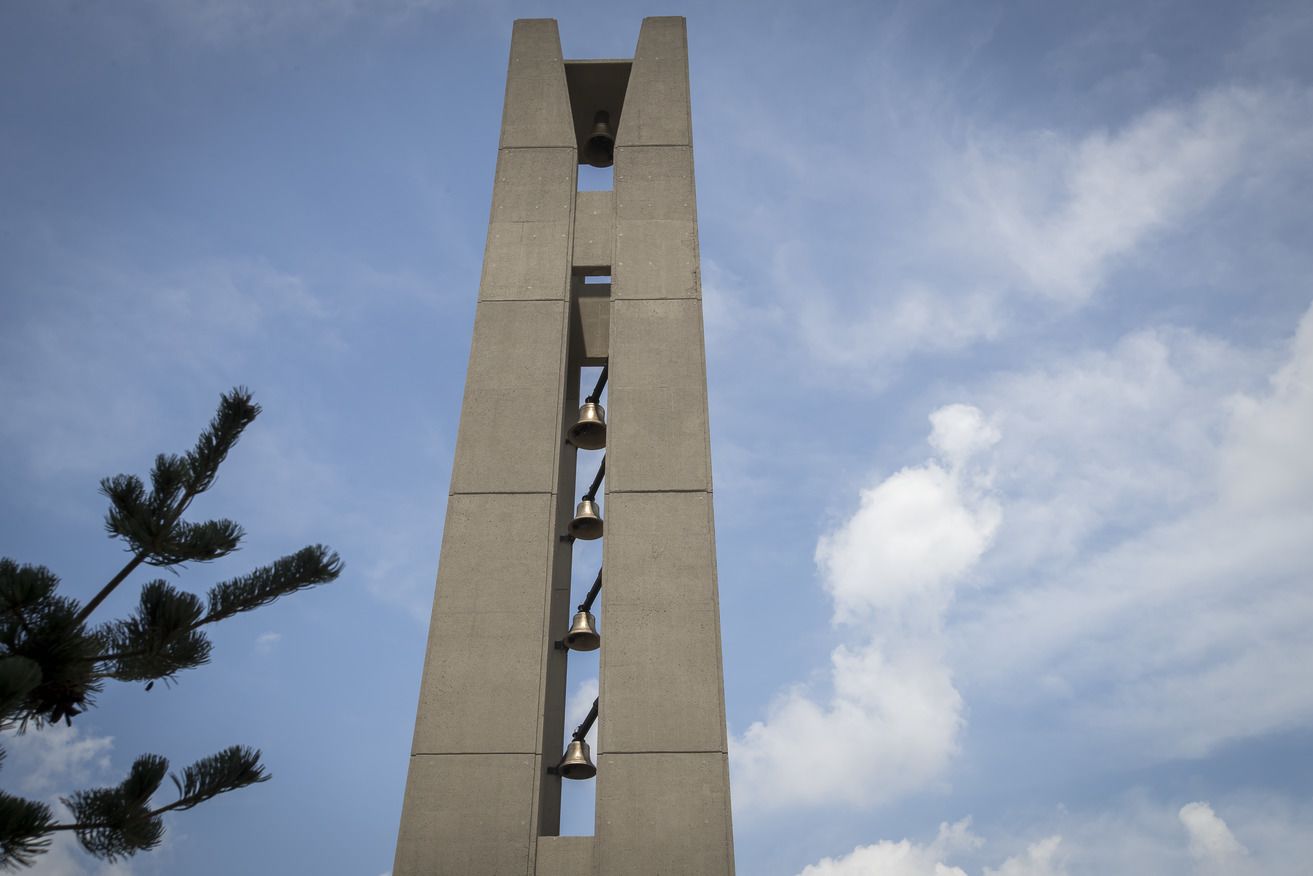
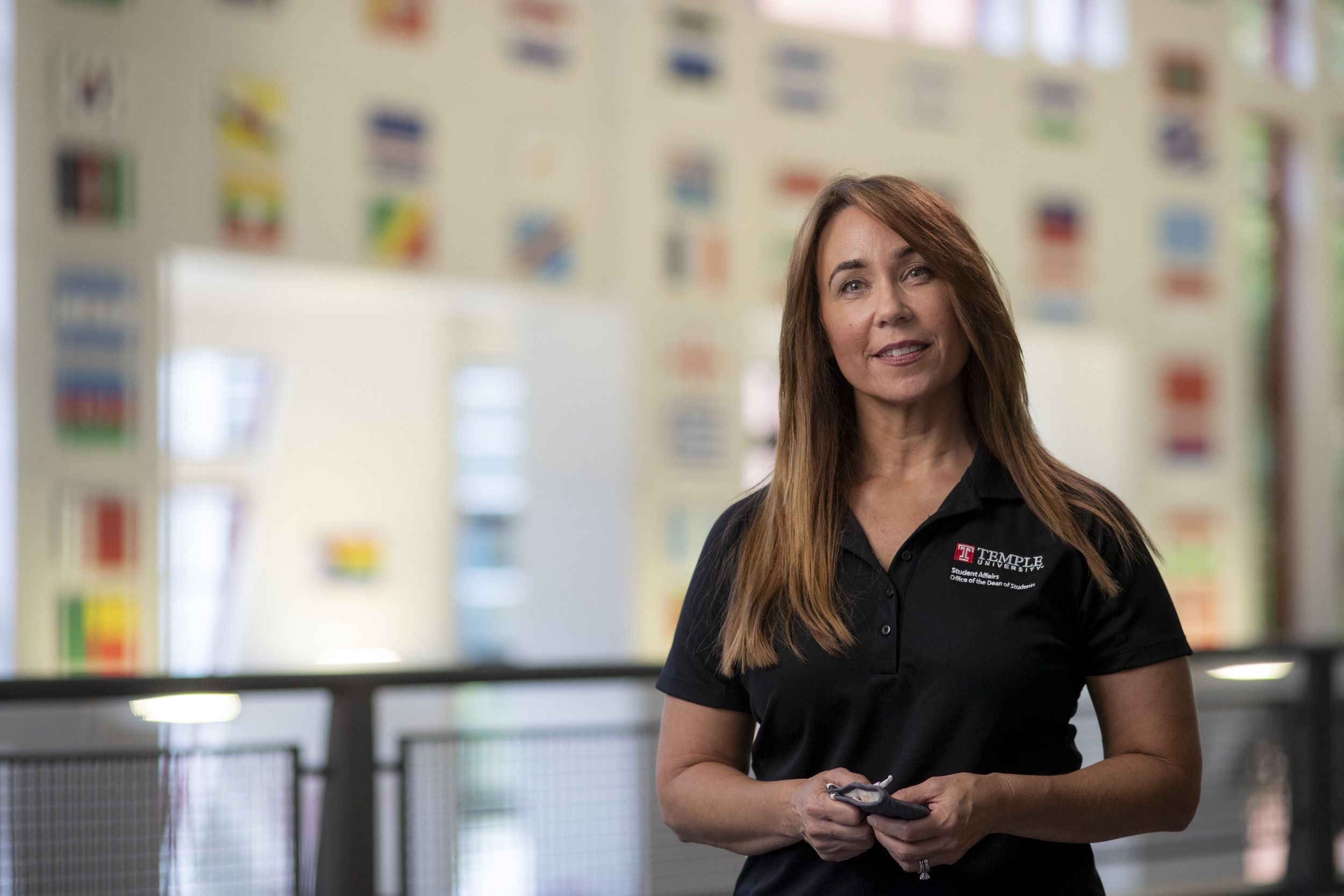
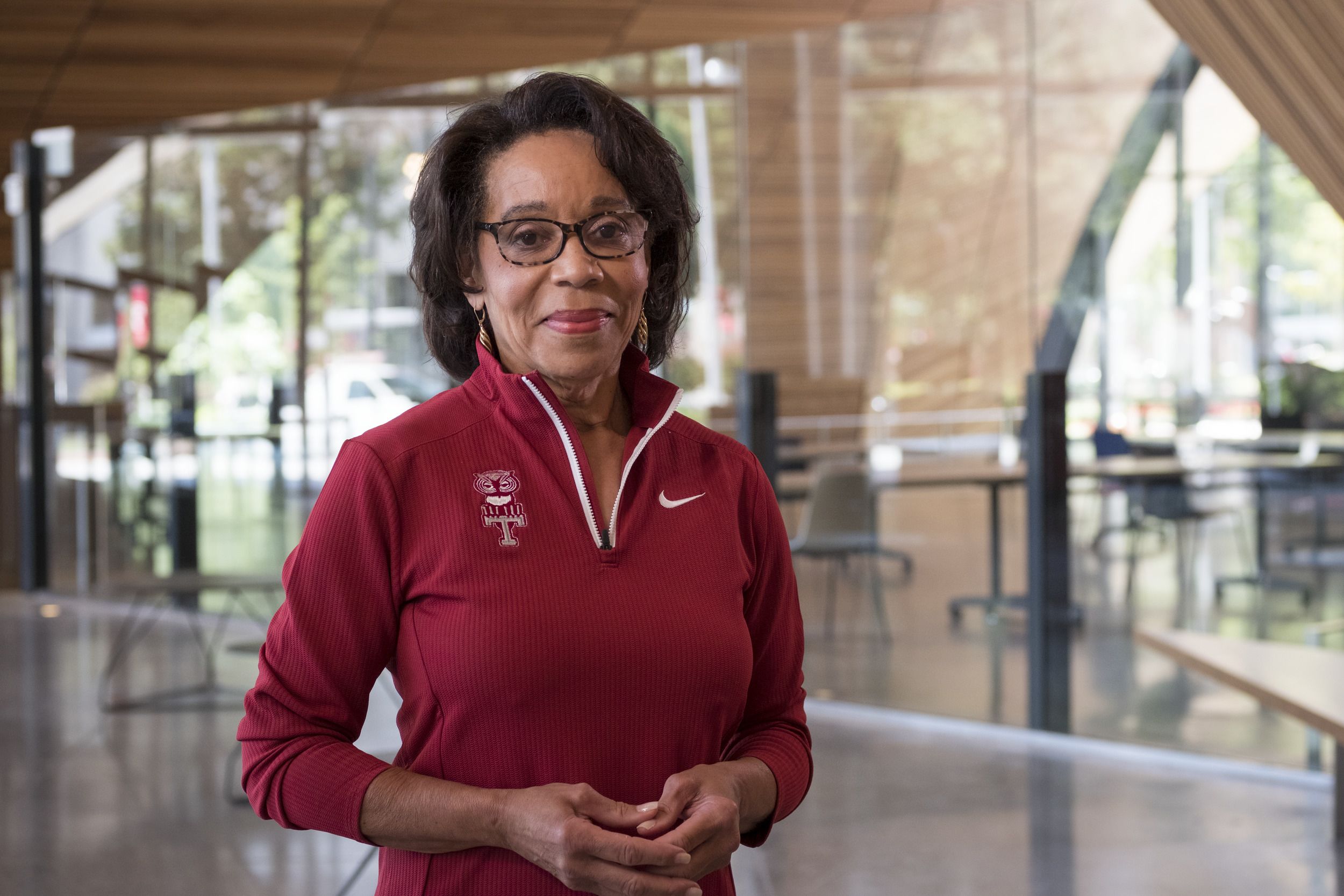
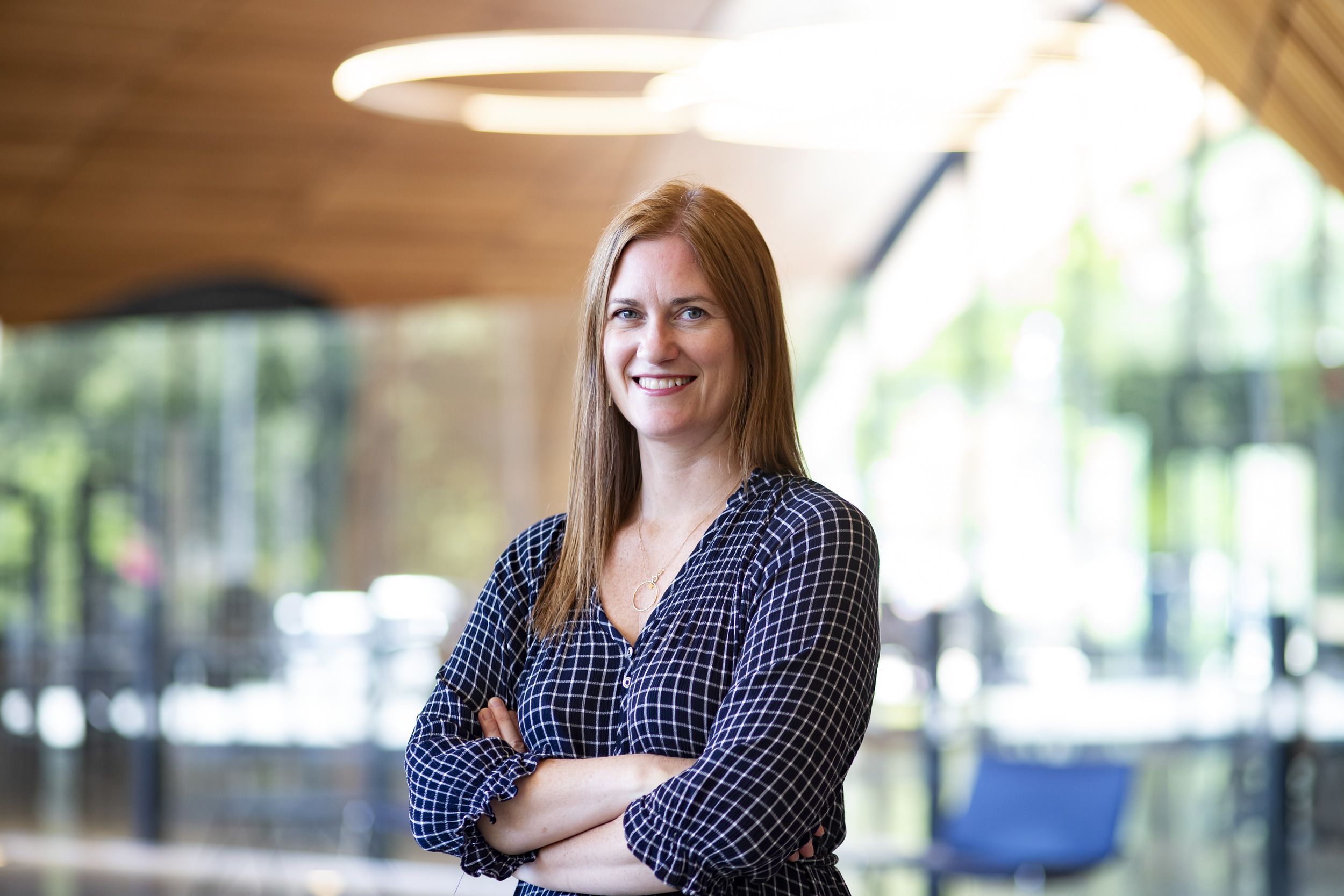
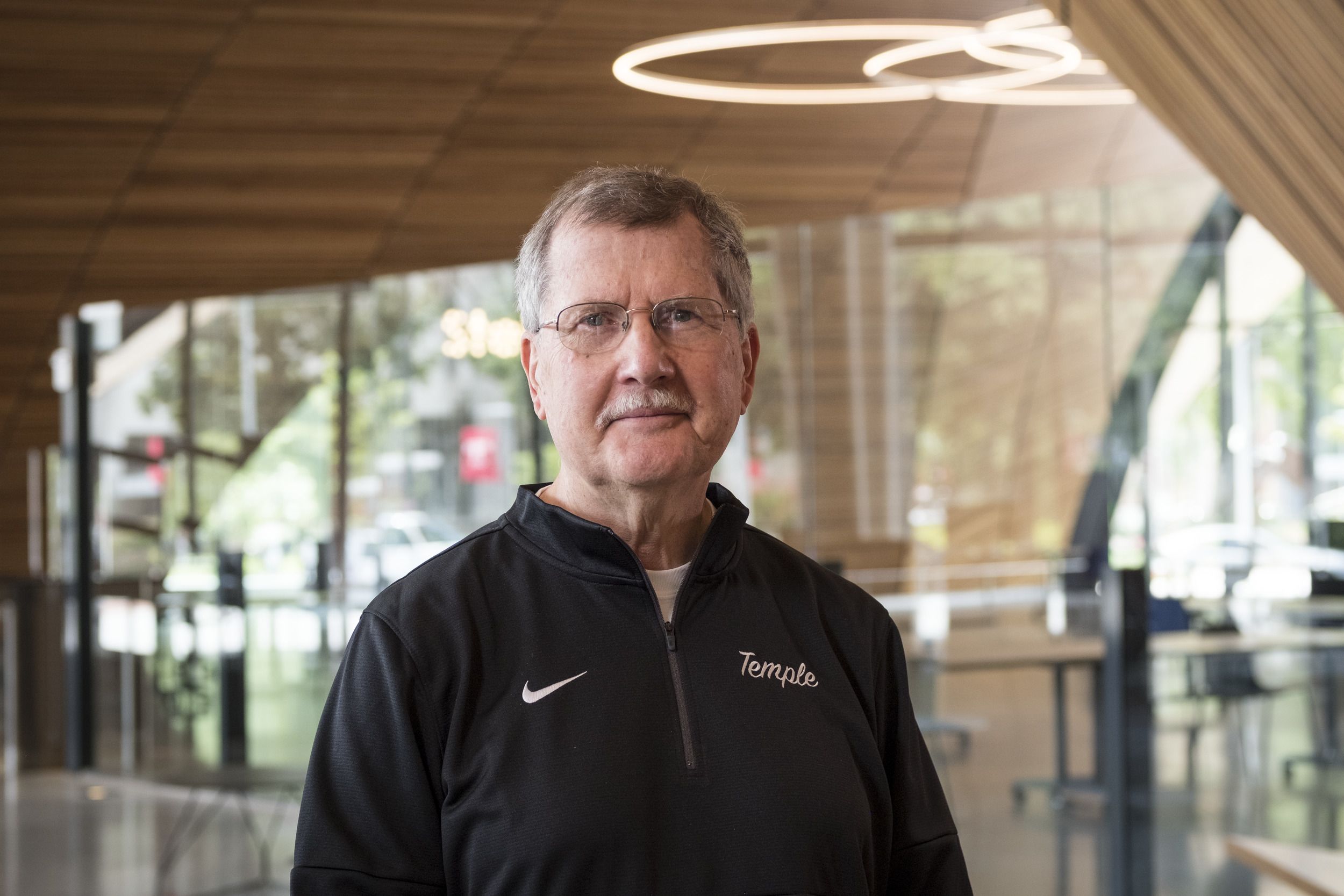
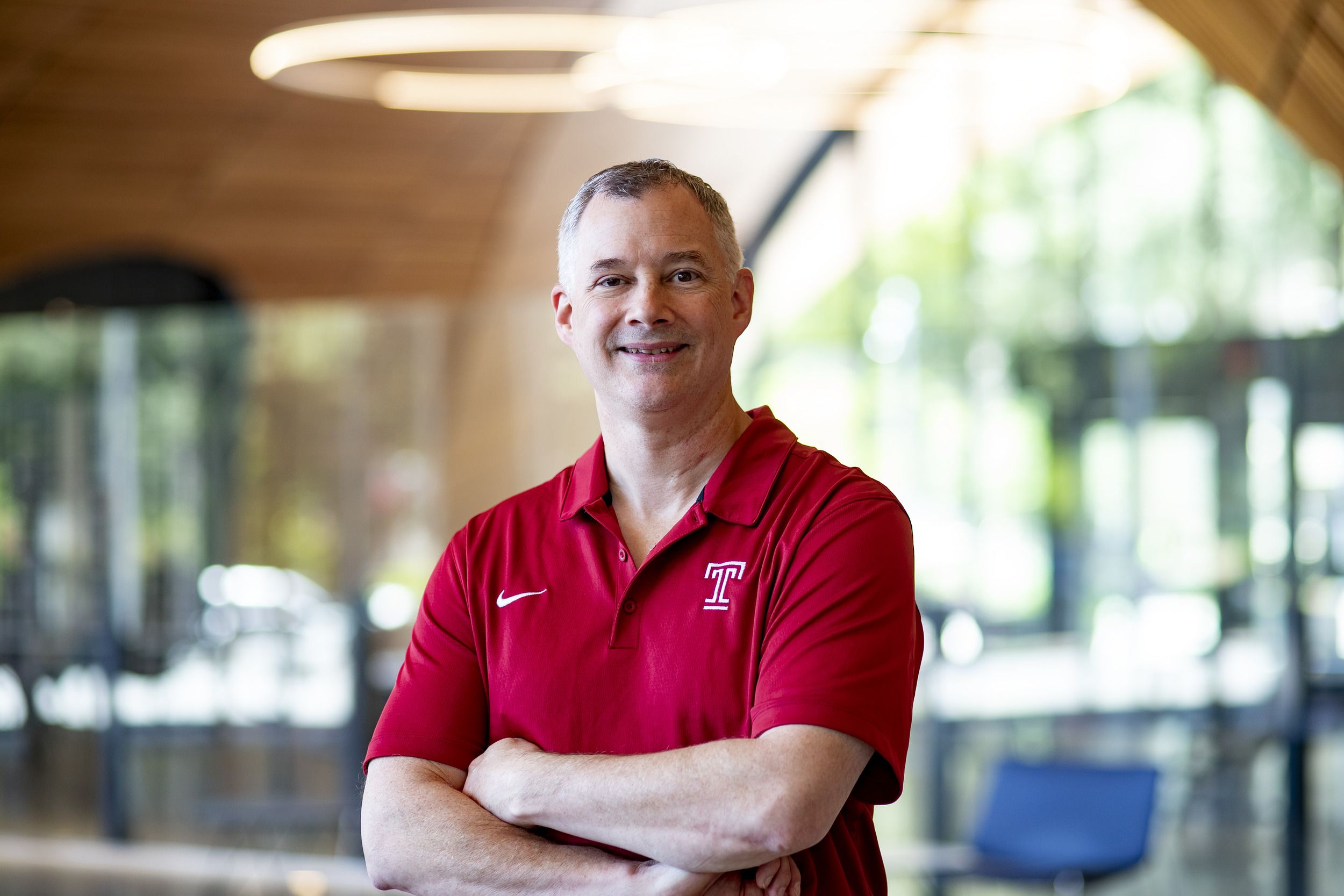

Stephanie Ives, associate vice president and dean of students
Stephanie Ives, associate vice president and dean of students

JoAnne A. Epps, executive vice president and provost
JoAnne A. Epps, executive vice president and provost

Sarah J. Powell, director of emergency management
Sarah J. Powell, director of emergency management

Richard M. Englert, chancellor and former university president
Richard M. Englert, chancellor and former university president

Mark Denys, senior director of Health Services
Mark Denys, senior director of Health Services
What a long haul this has been. How are you?
JOANNE EPPS: The last 15 months have been contradictory—at once feeling like “forever” and at the same time “just a day.” The changes have been disorienting, so I am looking forward to a return to a world that is more familiar.
When did you first realize that this deadly disease being reported in China was going to come to the U.S., to Philadelphia and to Temple University?
SARAH POWELL: By January 2020, I was aware that we were going to get hit by a pandemic. We didn’t know the scale or the pace yet, but we knew it was coming. When Johns Hopkins came out with their real-time case map, you could see the writing on the wall. I have studied pandemics for 20 years. Anything that starts as an airborne, respiratory illness is going to spread, and there’s no containing it.
MARK DENYS: For us at Temple, we knew a lot earlier than most places because we have a campus in Italy in Rome and a campus in Japan in Tokyo. We had to be hypervigilant. China had large numbers in January and that’s when we saw the first case in Washington state. In February, we were observing large numbers of cases in Tokyo and then in Rome.
What was the first response to that knowledge?
POWELL: The first step was the creation of an incident command structure—it’s built into the university’s emergency operations plan. I’m glad we did that because we’d never faced this particular threat before, and in the early days you could just feel people were so overwhelmed. With the structure created, everyone had their lane for what they needed to do and how to get things done. It calmed us all down and allowed us to just get to work.
DENYS: As Sarah indicated, on Jan. 21, 2020, we activated our Incident Management Team. Really early on, I also checked our stock for personal protective equipment, so our office never had to worry about not having enough during the entire pandemic.
POWELL: The best part of this experience was working with the amazing, hardworking, passionate, committed Temple leaders on that team. Mark was on it. So was Stephanie. We could talk openly, debate, work toward a consensus and agree on solutions quickly. It was remarkably effective.
Despite all the clear communication and assembled expertise—and despite the rapidly growing number of cases in the region in early 2020—it was hard to accept the scale of what was unfolding. When did it really hit you?
DENYS: I think the scope of it really hit home for me when the 2020 NCAA basketball tournament was canceled in mid-March. That had never happened before. We were already seeing COVID-19 patients, but when they canceled something that big and profitable, it really struck me that this was going to be massive and nationwide.
EPPS: I remember the day when we were packing up our offices to work from home. [Vice President, CFO and Treasurer] Ken Kaiser, whose office is near mine, said to me, ‘You know, JoAnne, if I thought this was going to be more than a couple of weeks, I’d hug you, but I’m thinking I’ll see you in a couple of weeks.’ Fast forward and it was just the other day that we hugged each other—the first time we’d seen each other in 15 months. It underscored how utterly unprepared we had been for the duration of this.
POWELL: That’s what makes pandemics different from other types of crises: the length of time. When you have a tornado, there’s a bookend. It starts, it’s over, then you have a recovery. But a pandemic is just continuing. When people left the office thinking, ‘I’m going home for two weeks to work remotely,’ they weren’t prepared mentally for the fact that this was going to go on and on and on. That’s partly what made this so hard. There was a constant need to pivot and change course.
EPPS: That was such a challenge. We had cyclical decisions to make over and over and over, and there was no playbook. We shut down in-person instruction in March 2020, and then we immediately had to say, ‘What’s summer going to look like?’ Then we come back in August and we last a grand total of a few weeks before the city encouraged us to move once again to a greater online presence. Then, we’re immediately thinking what spring is going to look like. Then what are summer 2021 and fall 2021 going to look like? Fits and starts. Changes in midstream, from moving most instruction remote to moving admissions tours online. Flurries of activity in an uncertain world. It was exhausting.
POWELL: People had to be unflagging. They had to navigate feelings of fear and anxiety and uncertainty for such a long period of time, all while trying to do their jobs. It’s unreasonable to think that everyone’s just going to be fine.
EPPS: It has to have had a psychological impact on everybody. I think we have to be very generous in recognizing that this has been hard. You just have to be even more understanding than usual.
POWELL: I started to do presentations to Temple staff about the psychosocial impacts of COVID-19 because people needed to understand that the feelings of sadness and of isolation and of anxiety that they were feeling were completely expected and normal responses to the pandemic. Everyone has had those feelings. When I would do these webinar sessions with the community, so many people told me, ‘I just needed to hear that what I’m feeling is normal: That one day I can feel OK, and the next day feel like I can barely function.’
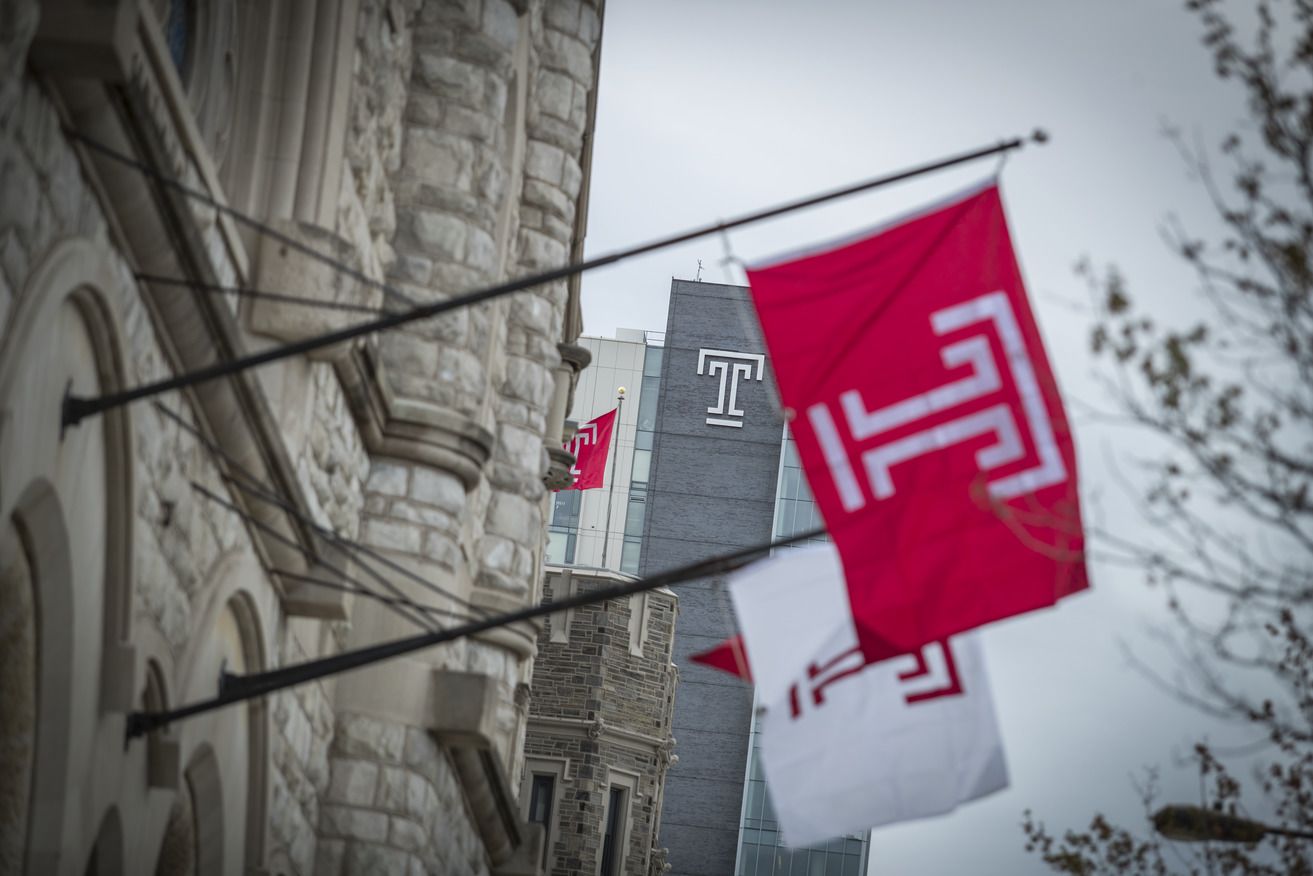
Sarah used the word ‘unflagging.’ That’s a good word to describe the intensity of the last year and a half for the Temple community, especially for those involved in the university’s COVID-19 response. When was the lift the heaviest?
DENYS: One was the creation of the surge facility in the Liacouras Center in the spring of 2020. Hospitals were filling up, so Temple stepped up to provide that space in case it was needed, and we built a 190-bed field hospital in a basketball arena in six weeks.
ENGLERT: I’m so proud of that. The mayor called me and said, ‘I’ve gone to several other entities and we really need a place for a surge hospital—could Temple do it?’ Without batting an eye, we said, ‘Absolutely, we’ll do it.’ We see that as one of our duties, to lend public aid. We didn’t negotiate how much it was going to be. We said yes. I remember the mayor saying, ‘We will never forget that Temple stood forward.’
DENYS: Another period of intense effort was the return to campus in the fall of 2020. We were the only local university bringing large numbers of students back. We did a significant amount of COVID-19 testing in the first couple of weeks and it was going pretty well, but all of a sudden our numbers rose quickly. We did more than 5,000 tests. We were desperately trying to keep the school open, and we all knew the ramifications if we had to shut things down. I do wish the Philadelphia Department of Health would have let us go a little longer. We just had to weather the storm.
ENGLERT: It was personally painful to me when we had to pull back. I remember talking to parents around campus during move-in. They thanked me for opening the campus. I said we were going to do what we could, and that we would be tracking the situation every week. Then we ended up having to scale down and have fewer in-person classes. That hurt me, remembering the people who I talked to who had been so excited, and knowing how disappointed they must have been.
IVES: We know that was a difficult period for students. Temple is their place. Things have changed now that Temple has transitioned to a residential college community. To say to a student, ‘We’re closing down the residence halls, you’ve got to go now,’ it’s not as easy for them as packing up their weekend bag and returning to their parents. You’ve got to give them time. I was glad we gave our students two weeks to move out.
DENYS: The two other intense periods that stand out for me were the week before Thanksgiving 2020, when we worked to test as many students as possible—2,500 rapid antigen tests in a week and a half—before they left to scatter across the country, and setting up the testing program for the spring 2021 semester. We had eight testing sites and we were prepared to do 20,000 tests a week.
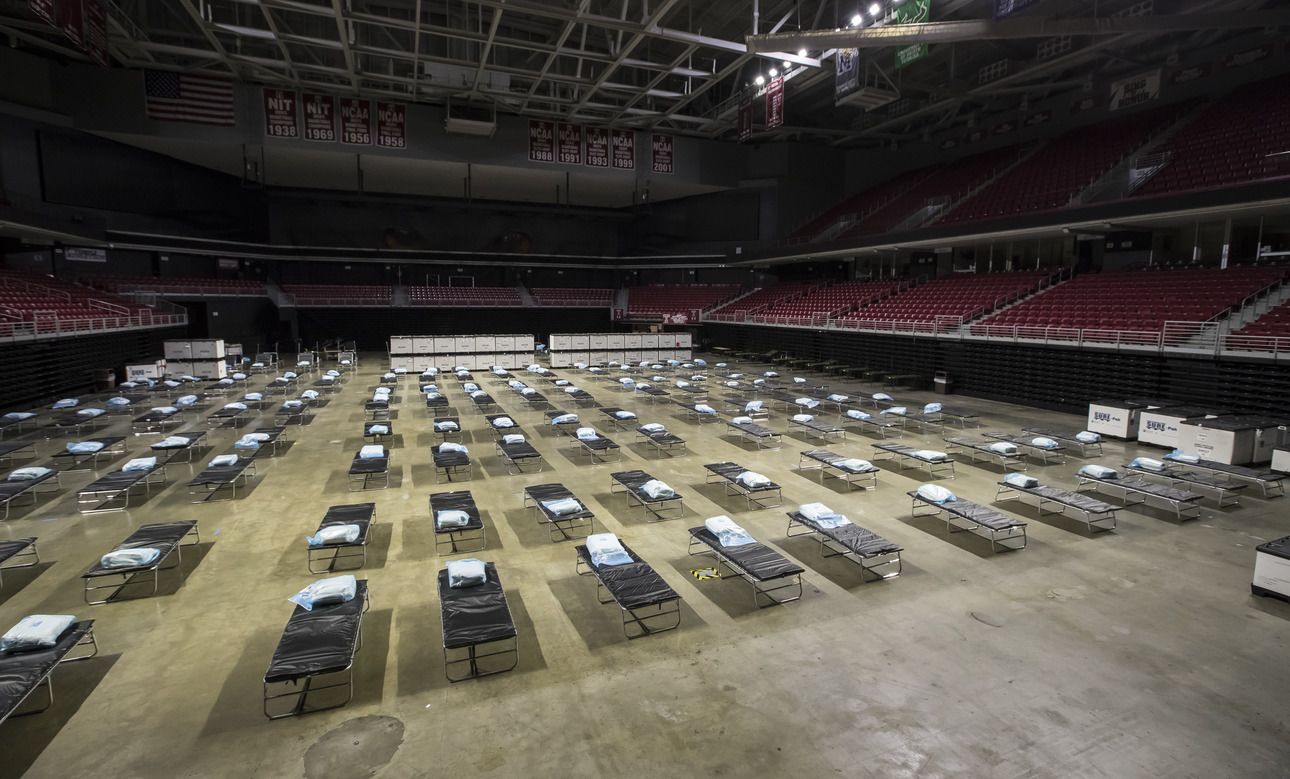
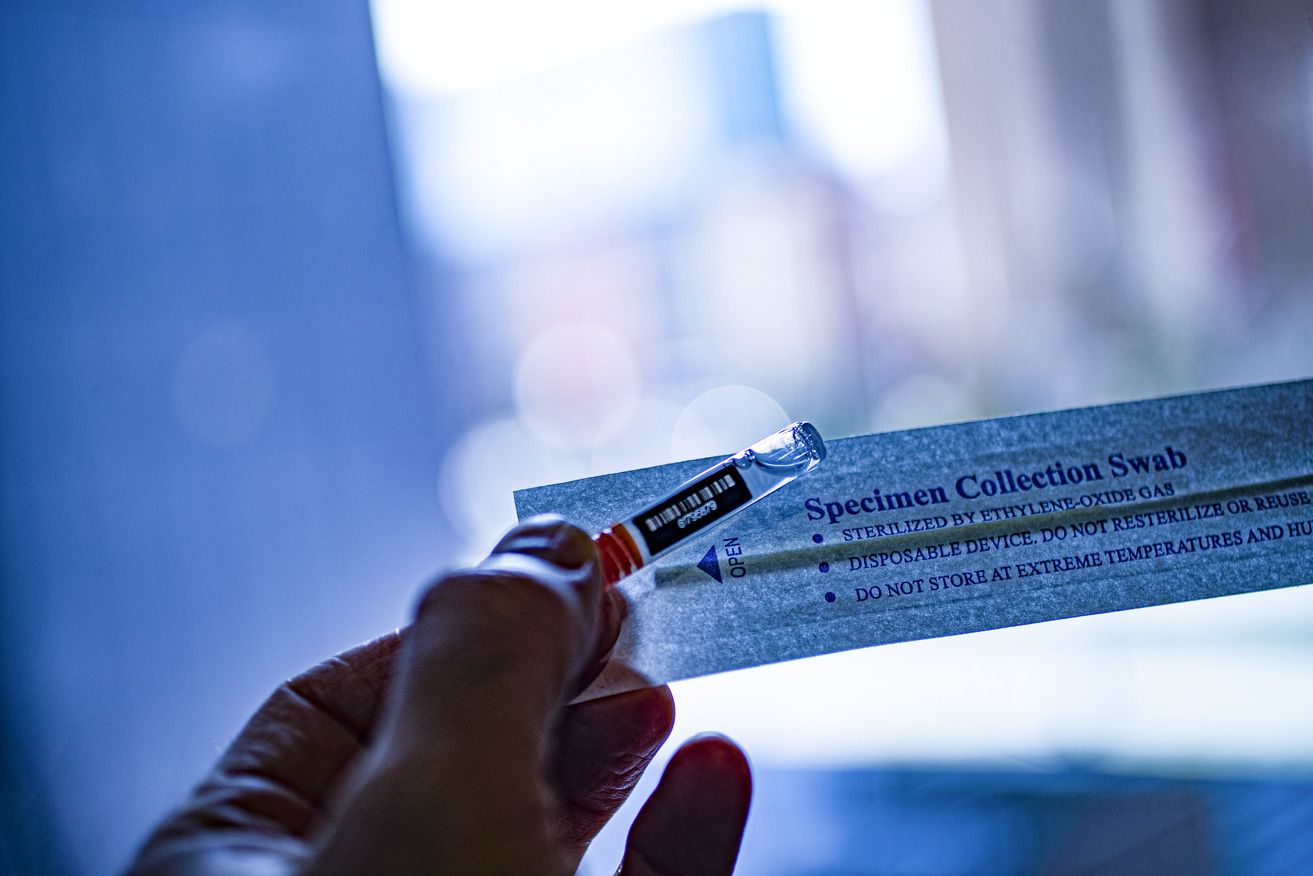
How much did you work and sleep during those periods?
DENYS: Probably 16 hours of work and maybe four or five hours
of sleep. I’ve watched far too many sunrises from my office.
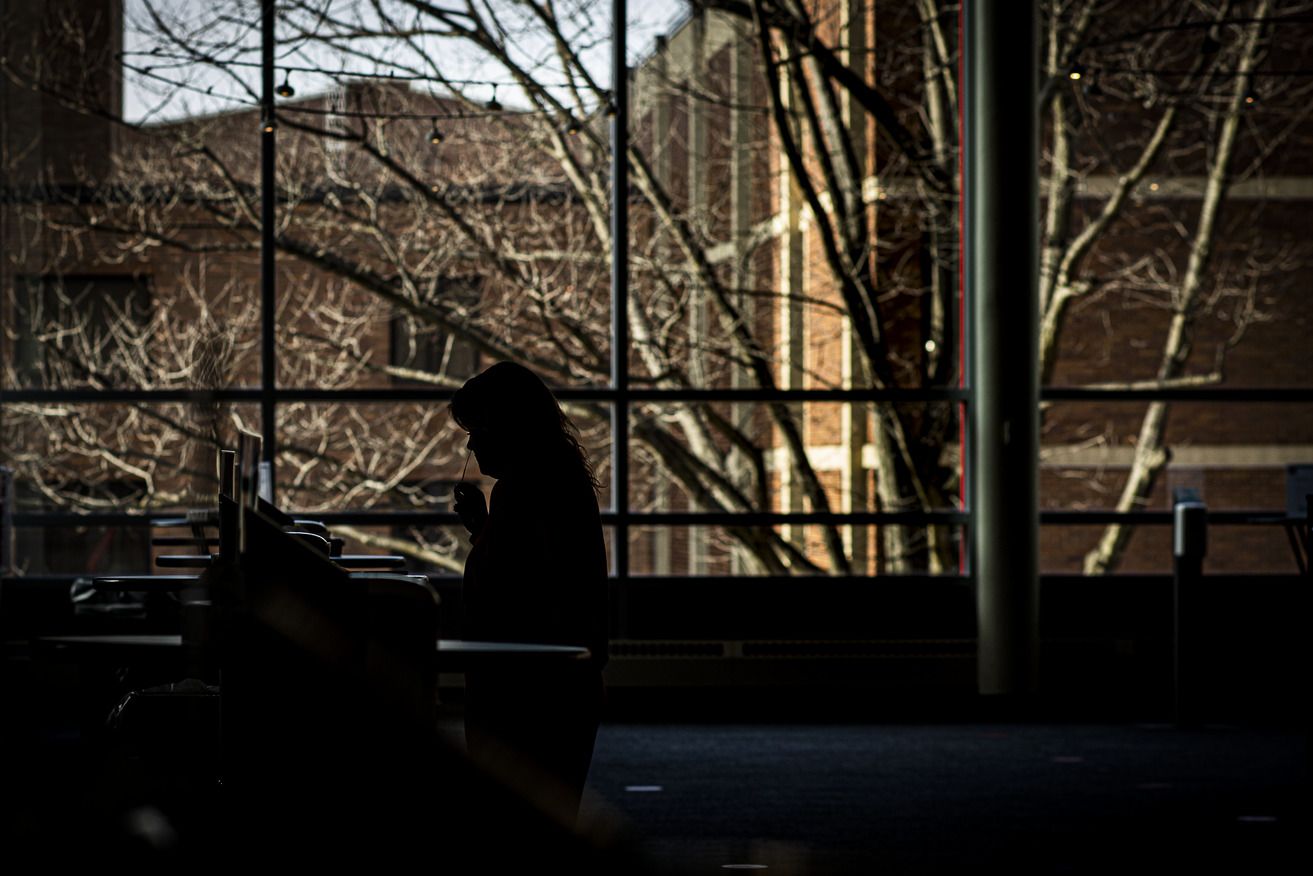
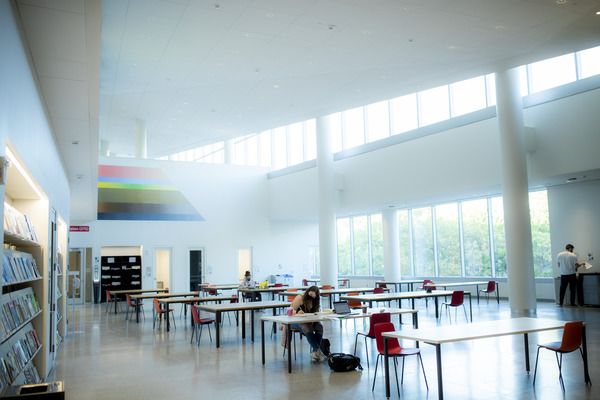
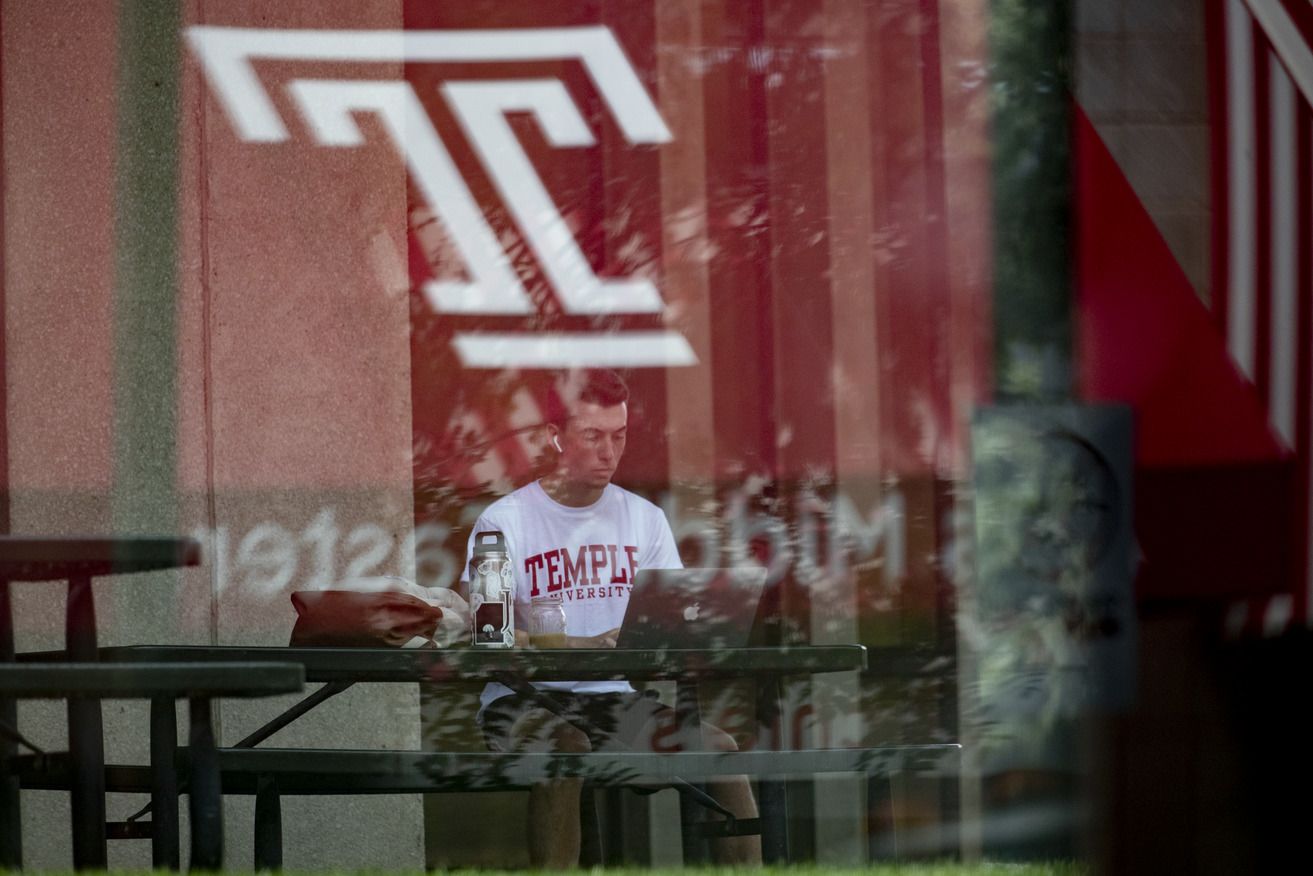
This has been such a difficult period for students. What do you think has been hardest for students in the last year and a half?
IVES: The sense of isolation. Technology exacerbated that sense of isolation, because of the fatigue of just sitting in front of a screen all day long. Students were doing it because they had to engage academically. And by the end of the day, they were exhausted with it, but they felt so lonely and disconnected and isolated, and the only way to reconnect and not feel isolated was again through this computer screen. That’s just not as fulfilling, satisfying or meaningful as true in-person connections are.
ENGLERT: I’ll never forget meeting a young woman, a first-year student, on one of my walks on campus. She spoke about that isolation. She said, ‘I’m a freshman. I thought I’d be coming and meeting people, and I’m just not meeting people.’ That struck me.
IVES: Isolation wasn’t the only challenge students were facing. We knew they were dealing with health challenges. And of course there were financial challenges as well. We were very sensitive to the financial impact of the pandemic on students and their families. In addition to giving them refunds on their housing and meals, we loaned out laptops and other technology, disbursed millions in federal COVID-19 relief assistance as quickly as possible and gave out emergency aid in bagfuls. We processed hundreds of student applications asking for emergency financial assistance. Many students had lost jobs or owed money on leases that they couldn’t get out of.
What can be done about isolation?
IVES: I’m not sure that we ever found the right strategy to alleviate isolation, partly because we were all trapped in our boxes, looking at computer screens, trying to serve them and help with their various needs, but all through this medium of technology. To the credit of faculty and staff, I truly felt that they all tried to rise to meet the student need. I didn’t hear a single student say, ‘My faculty are insensitive. They don’t care.’ Can you imagine having three sections of 25 students each and having maybe 20 students in each section tell you, ‘I can’t do this,’ ‘I can’t get out of bed,’ ‘I have no food,’ ‘my mother has COVID-19’? Can you imagine that level of distress? It’s not what they normally are called to. It’s not normally part of the job. And our faculty just kept helping.
EPPS: Our faculty stepped up in a way that was amazing and wonderful and student-focused, and I could not be prouder. They pivoted and kept pivoting. They had to manage the technical thing—how to use Zoom, getting adequate internet access. Then you had the pedagogical issue of shifting to remote learning mid-semester. Many of them completely rebuilt their syllabi in midstream so that they could work online. They were conscious of issues of potential inequities when it comes to student access to technology. And of course they tried their best to be supportive of the students and make sure that they got what they needed academically, because that’s mission-critical. There were a gazillion new things to worry about, with no playbook. It was scary and anxiety-producing. And for that, our students really gave them a lot of applause.
Have there been any valuable lessons learned?
IVES: We learned that we can do a lot in terms of services that we never thought we could do before. I’ll give you an example: counseling. The pandemic taught us, through necessity, that we actually can provide counseling really well in a virtual space. Students may prefer it in some instances, because they can have a counseling appointment at 8 p.m., no problem. The students also told us how much they appreciate the full, holistic college spirit experience. They have said, nationally, that ‘I’m not paying this tuition if all you’re going to do is teach me classes online.’
President Englert and Provost Epps, you’ve been at Temple the longest in this group. You’ve helped the university weather many storms. Looking back at Temple’s response to the pandemic, what are you most proud of?
ENGLERT: Too many things to list comprehensively. I’ve already mentioned how we stepped up to provide the surge facility to serve the city and its residents. Temple people stepped forward and did the right thing in so many other ways as well. I’m proud that, unlike a number of other institutions, Temple refunded to our students their unused housing and meal plan dollars, as Stephanie mentioned. I was so proud of the late John Daly, dean of the Katz School of Medicine and a great friend, who solved the problem of mass testing for us by converting a lab at Katz into a testing lab. (It will be used for DNA research after the pandemic is over.) I’m proud of how Temple innovated in order to provide classes and help our students finish their semester. I was proud of how Gerard Criner, director of the Lung Center at Katz, became an international expert on the treatment of COVID-19. People from China were calling him to see what we’re doing in terms of treatment; Temple Hospital had a very low mortality rate, comparatively. I’m proud of all the clinical trials of vaccines and other research on COVID-19 that is being conducted here. I’m so proud that, after exploring furloughing some of our employees, we were able to find other ways to be fiscally prudent and reduce budgets, including voluntary salary cuts taken by many leaders. I’m proud of the way we’ve helped vaccinate students, employees and residents of the North Philadelphia community. I could go on.
EPPS: I love what Dick said. I’ve already mentioned my deep pride in Temple’s faculty. I would add how proud I was of Commencement this year. It was spectacular. Everyone came together—Campus Safety Services, Facilities, Information Technology Services, the Provost’s Office, Special Events, Student Affairs, everybody—to pull off Commencement at a time when we were under COVID-19 regulations. It was a total team effort. It allowed us to celebrate, and it allowed us to involve a much greater number of people. Tens of thousands of people streamed Commencement this year—the most ever. In the end, we decided that we could not invite guests. We could have had it all online, but we discovered that our students wanted that moment to cross the stage and have their name called—that eight seconds of glory. So we required schools and colleges to give students a chance to cross the stage. And they did so with pride, with their caps and gowns and honors cords. I loved it.
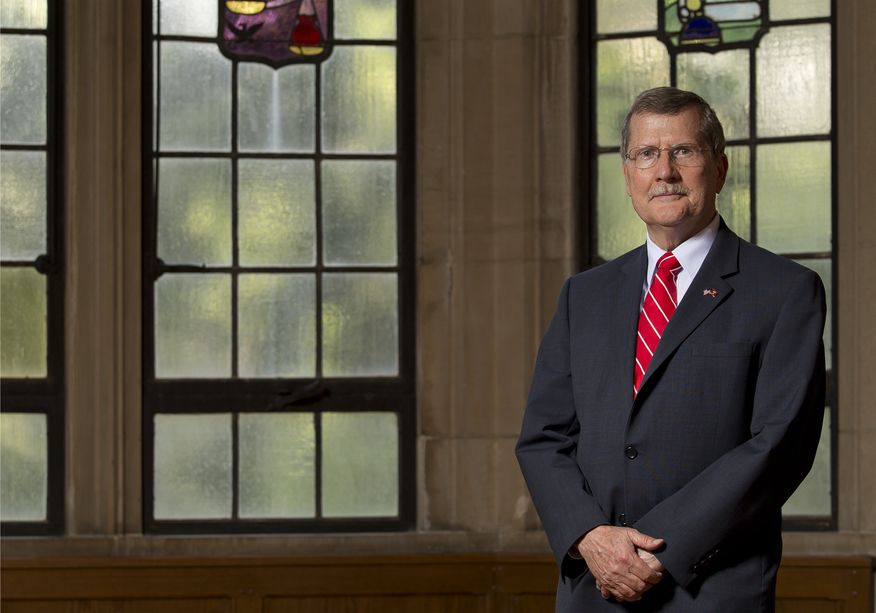
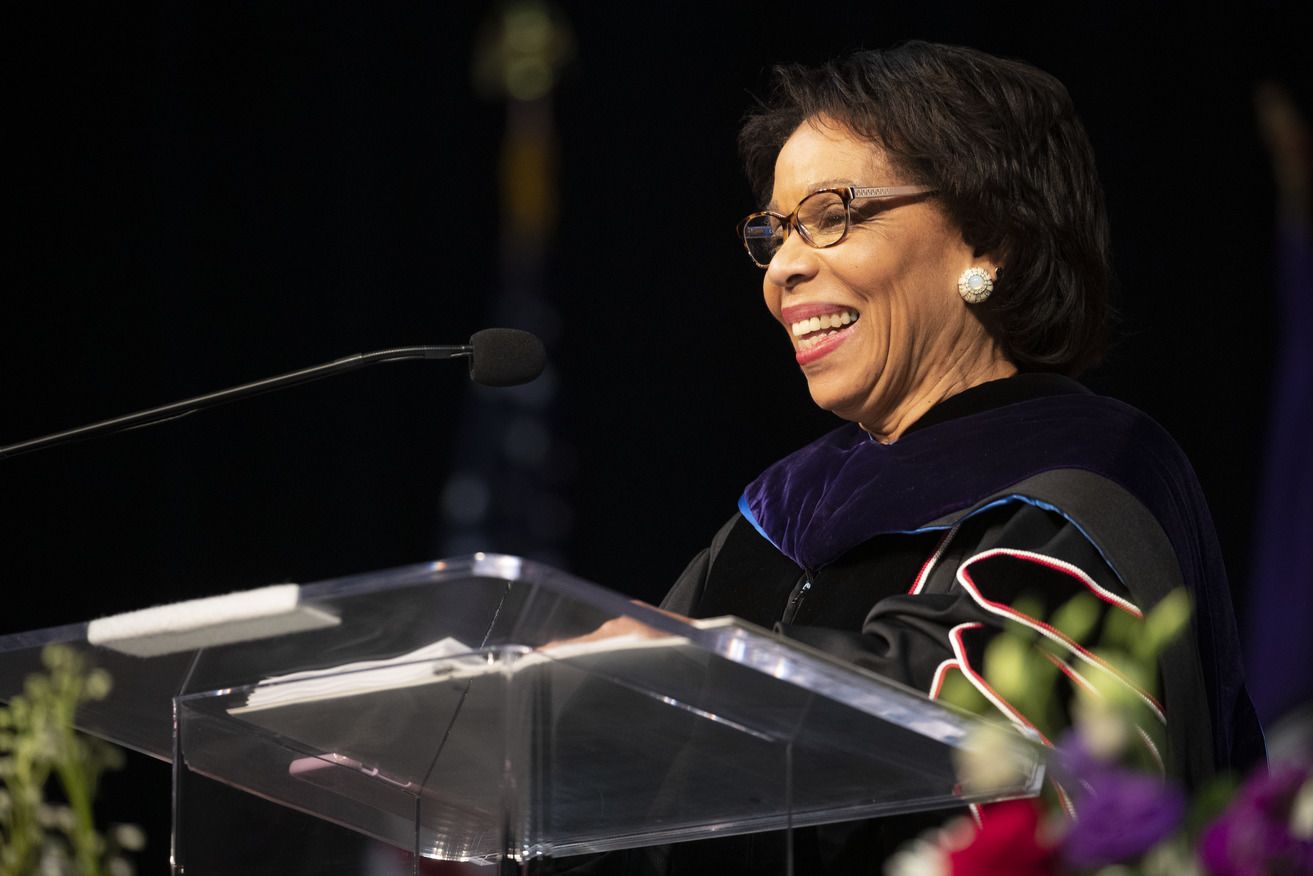
Has the pandemic taught you anything
about the character of Temple and its people?
ENGLERT: Our response to the pandemic proved without a doubt that everyone recognizes that we are a public university, and that this comes with a commitment that, in a crisis, we don’t ask questions first, we jump in. Nobody balked. We do what we need to do, without first doing an assessment of the costs and benefits.
Fall is approaching, and along with it the prospect of an experience somewhat resembling pre-pandemic normalcy. What are you most looking forward to?
IVES: I’m looking forward to Welcome Week, Templefest, Homecoming. I’m looking forward to beautiful days outside on campus, seeing students wearing their Temple swag. I’m hungry for that feeling of connection again, that true sense of the Temple family is back together. What I hope for is that we are back together taking advantage of all of the lessons learned from the pandemic. I hope we don’t just fall back into an automated normal from the past. I hope we use the lessons as a springboard toward a better future. I’m really looking forward to that. A better future.
